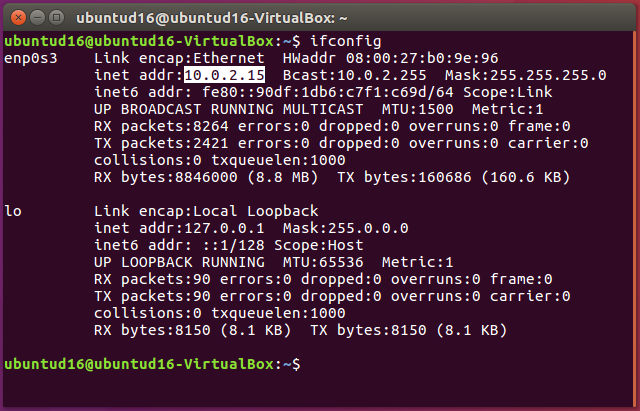
:max_bytes(150000):strip_icc()/007_how-to-find-your-default-gateway-ip-address-2626072-5c65db9346e0fb00015e7831.jpg)
You can also find your Raspberry Pi by doing what's known as an "IP Scan" across your whole network. Finding your Raspberry Pi's IP Address - from your laptop/desktop computer! It may also mean you need to set up your WiFi connection, or that there's something wrong with your network cable connection. This means you've not got a connection on that device and should try the other one. Or you can use the shorthand if you're comfortable scanning for the IP address: ifconfig wlan0 If you have difficulty finding it, you can try: ifconfig eth0 | grep inet | awk ''

The bit we're looking for is the group of numbers immediately following "inet addr". The result of this command should be a glut of text and numbers, most of which we can ignore. If you're using your Pi with a network cable, you should type: ifconfig eth0

Finding your Raspberry Pi's IP address - if you're using a network cable This will normally contain a prompt like ~ $" and it's immediately after this that you should type the below commands. You can do this by double-clicking the LXTerminal icon which should be near the bottom-left corner of your screen.Ī black window should pop up with a green and blue prompt in it. If you're looking at your desktop, the first thing you'll need to do is get to a commmand prompt. Most likely you're sitting in front of your Pi connected to a monitor, and looking at the graphical desktop, or perhaps just a blank screen with text known as the Command Prompt. Its IP address is like a postal address, and allows you to find your Pi on your local network. When Terminal.app is open, type the following command: netstat -nr | grep defaultIn order to connect to your Pi from a web browser, or remotely using a Terminal, you'll need to find your Pi's IP Address.Do do this, click Finder > Applications > Utilities > Terminal.app. In this example, again, 192.168.1.1 is your default gateway (router) IP address.The output of this should look something like the following:ĭefault via 192.168.1.1 dev eth0 proto static.When terminal is open, type the following command: ip route | grep default.Click Applications > System Tools > Terminal.

Depending on your Linux distribution, it can be located in the menu items at the top, or at the bottom of your screen.


 0 kommentar(er)
0 kommentar(er)
